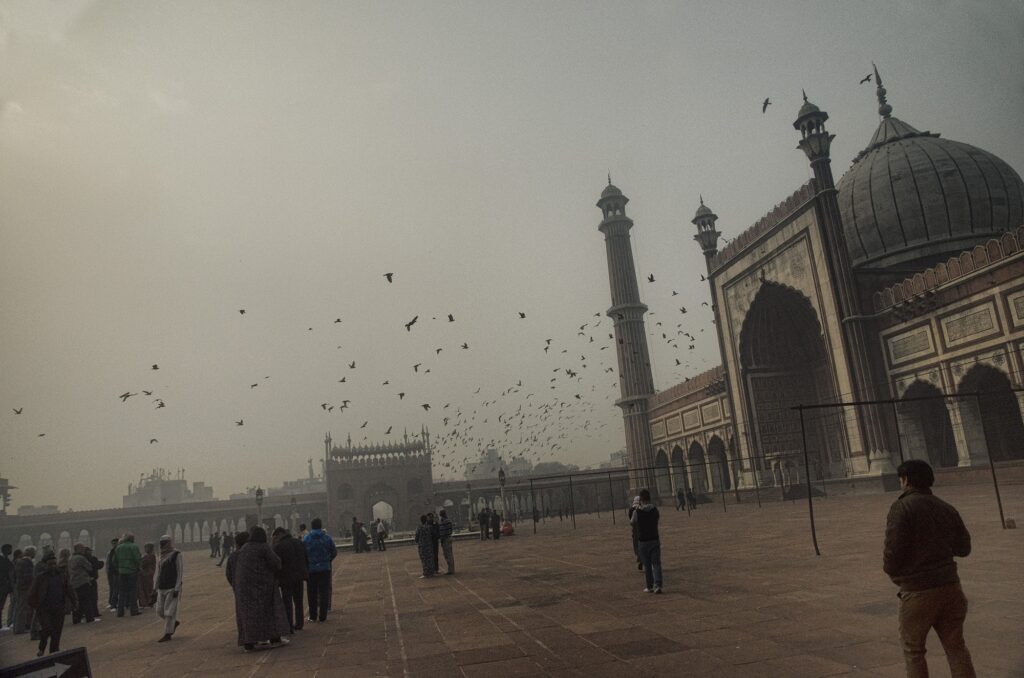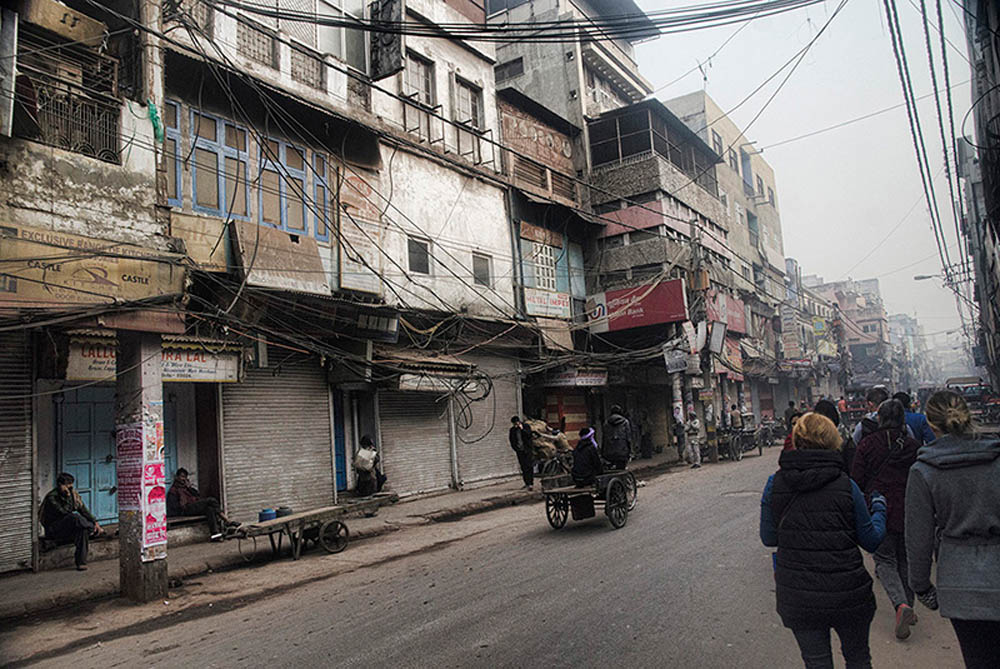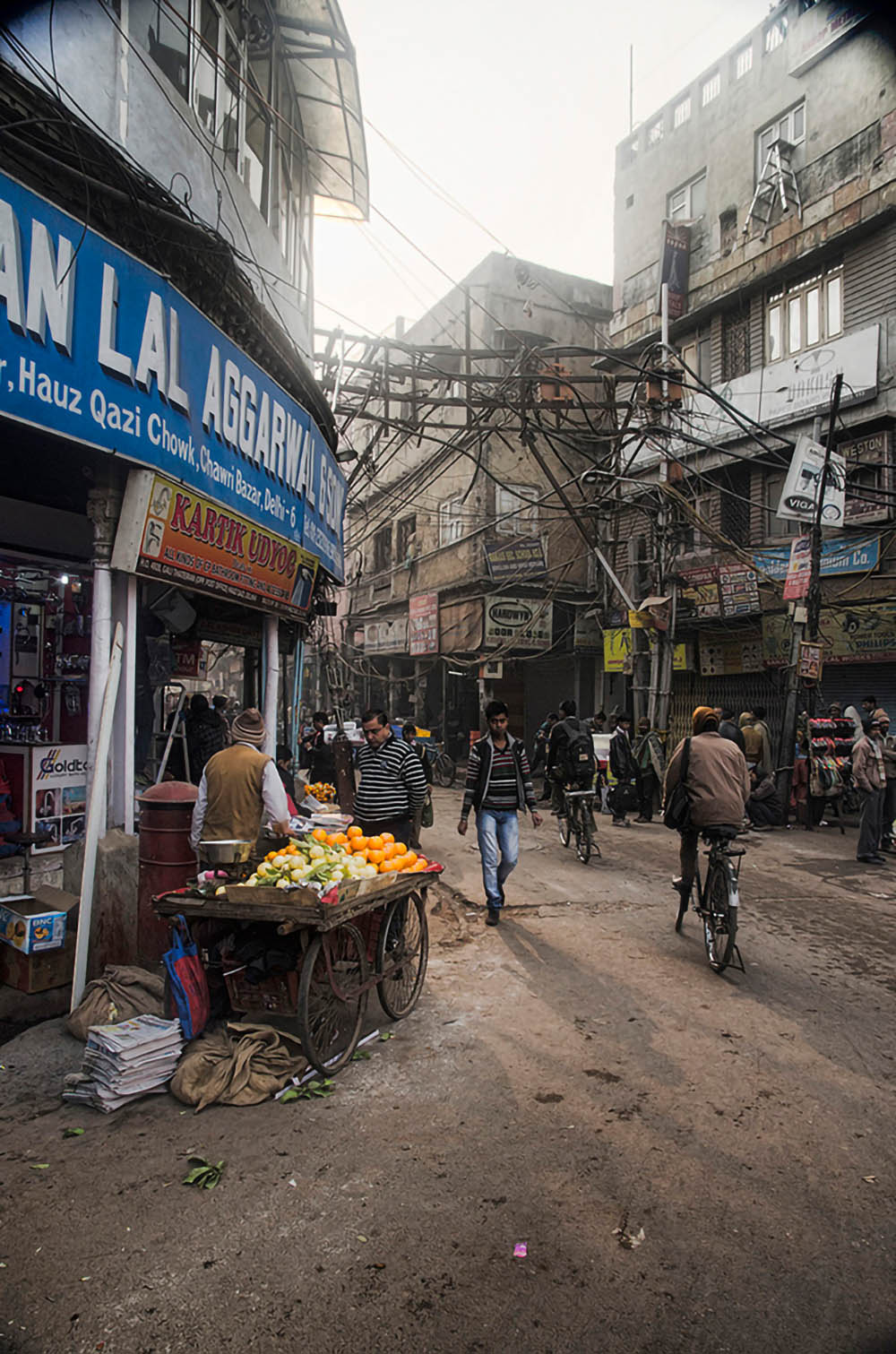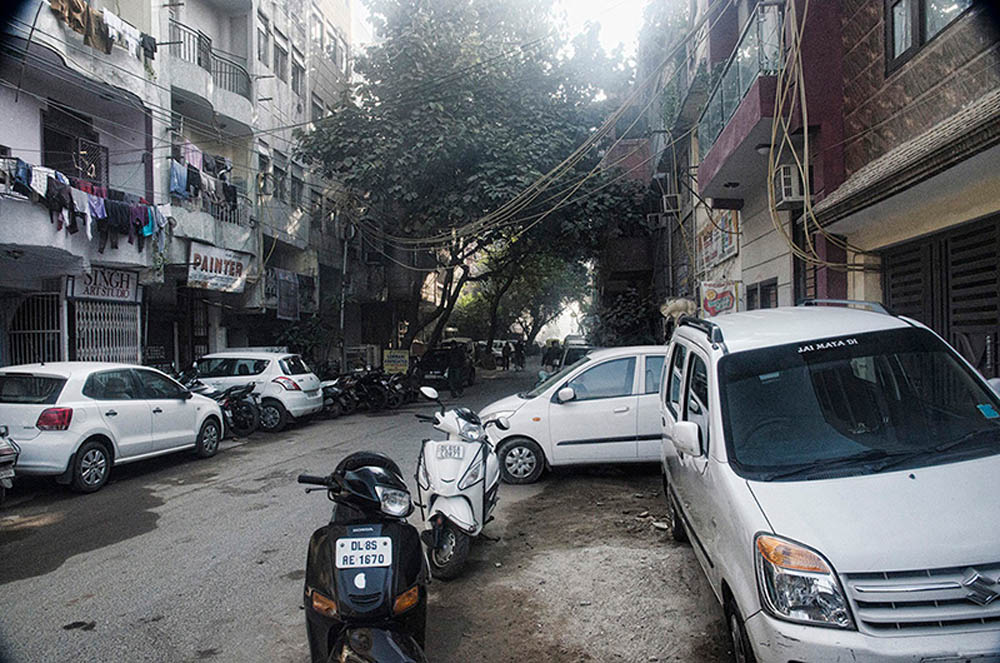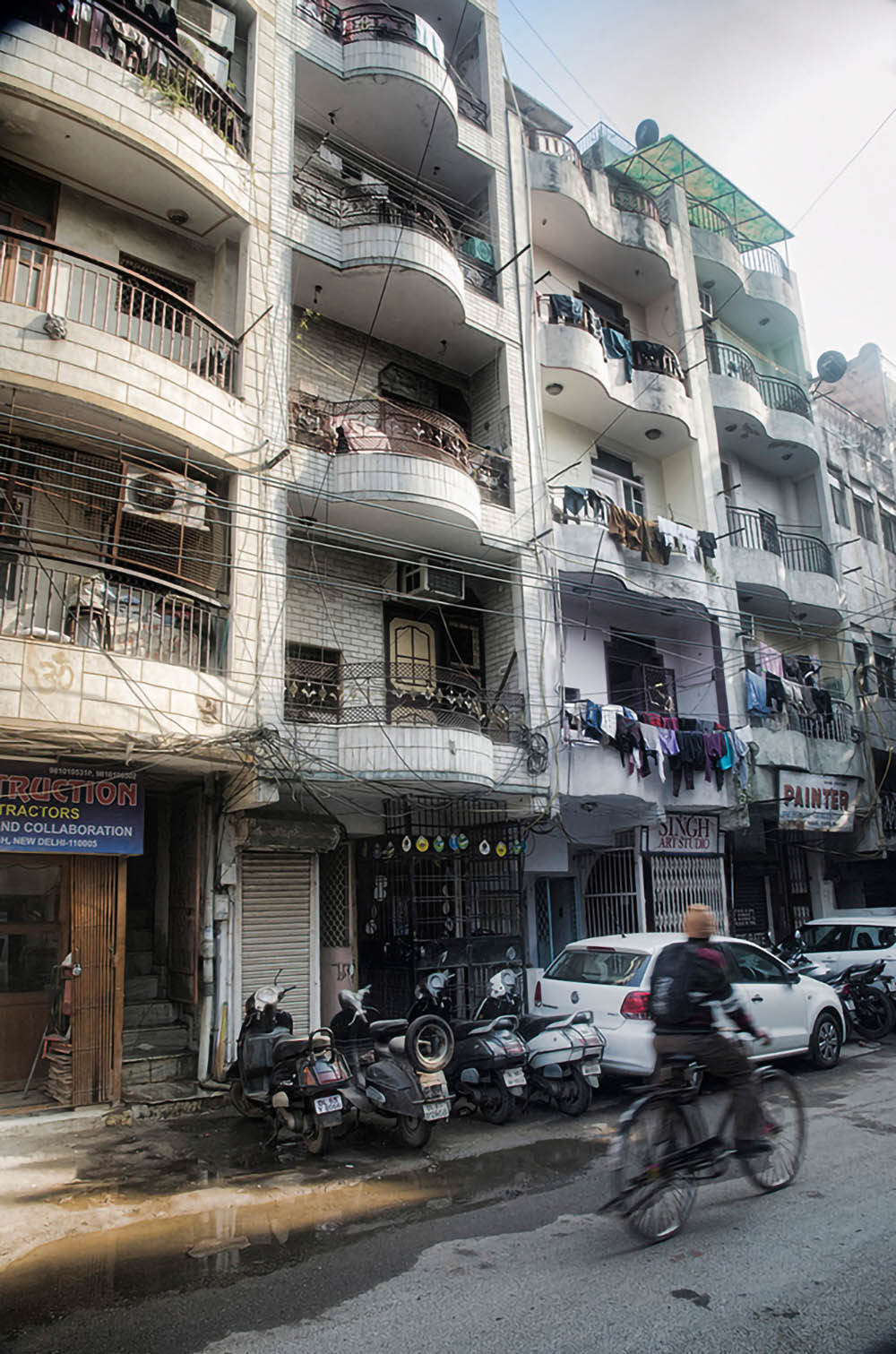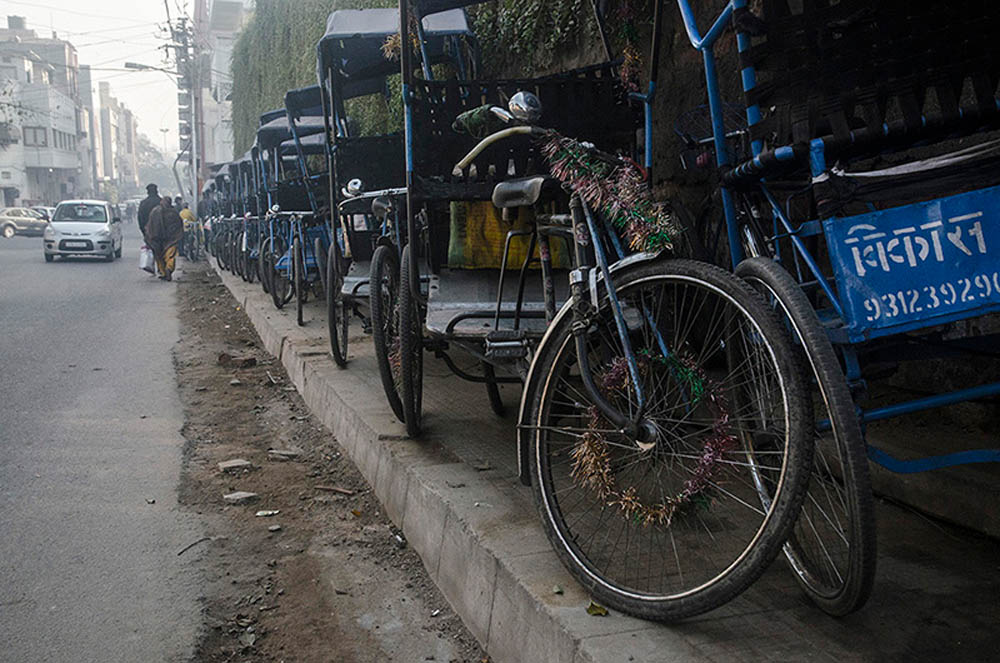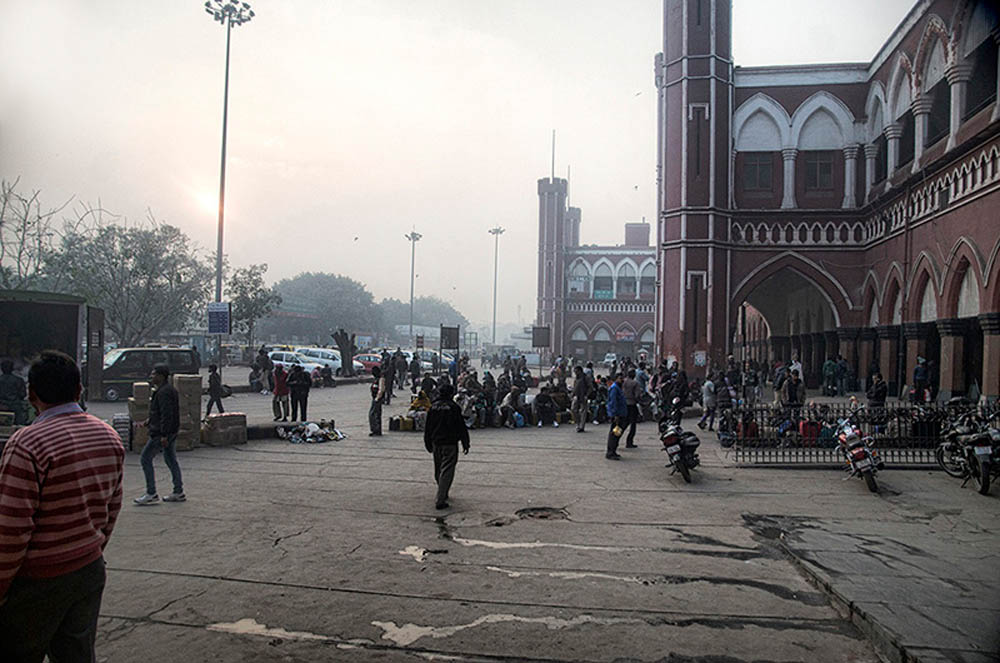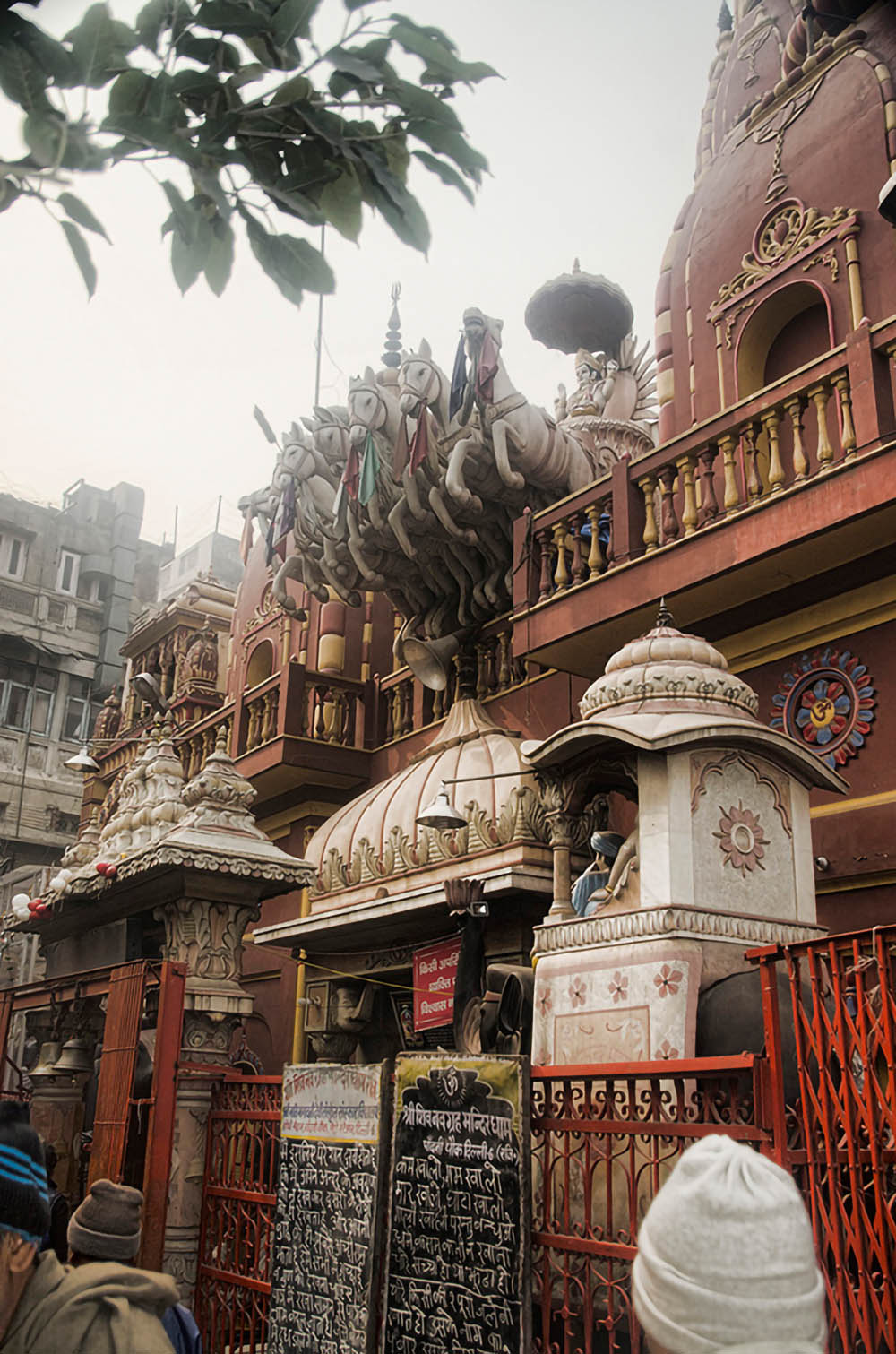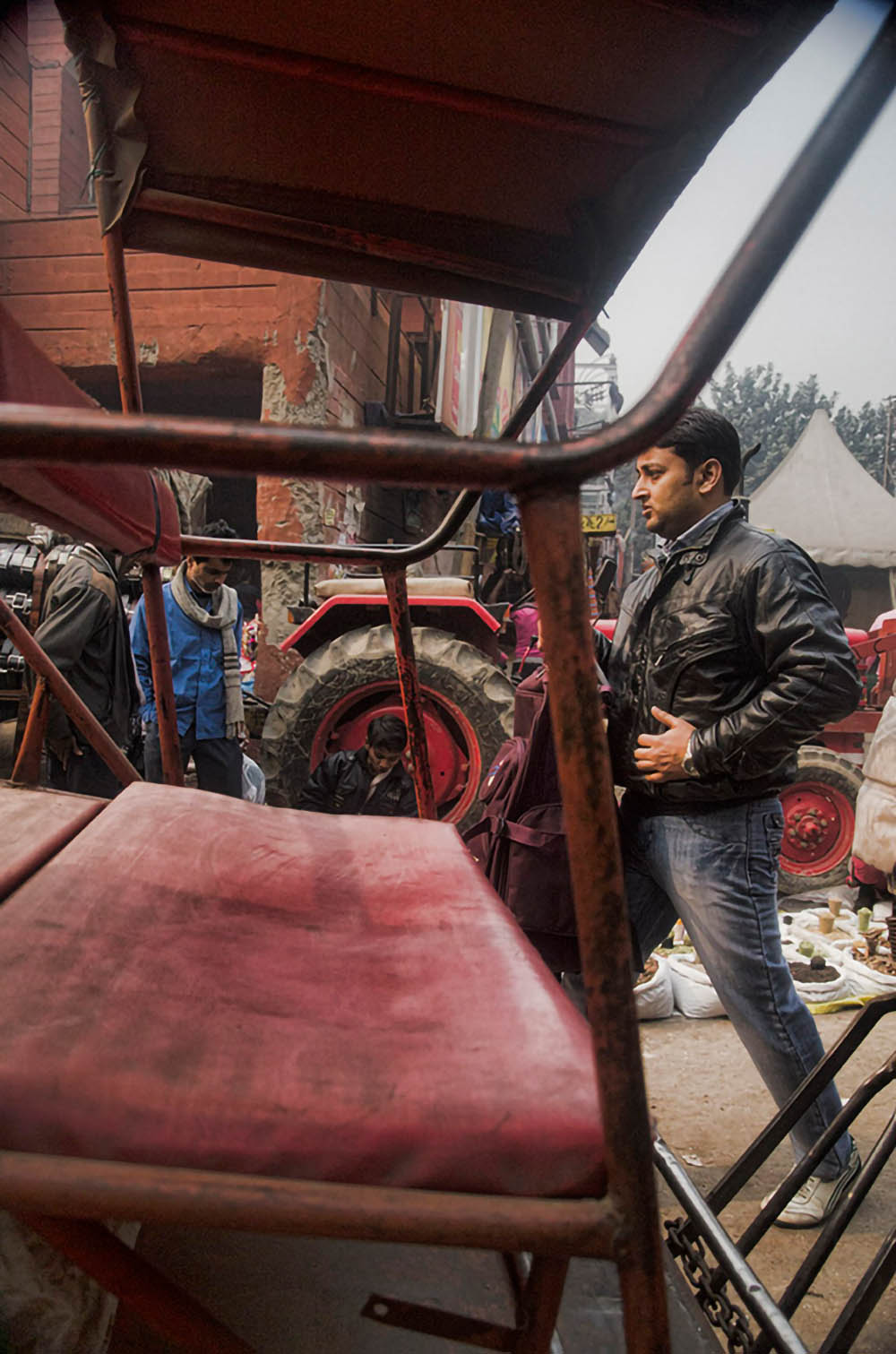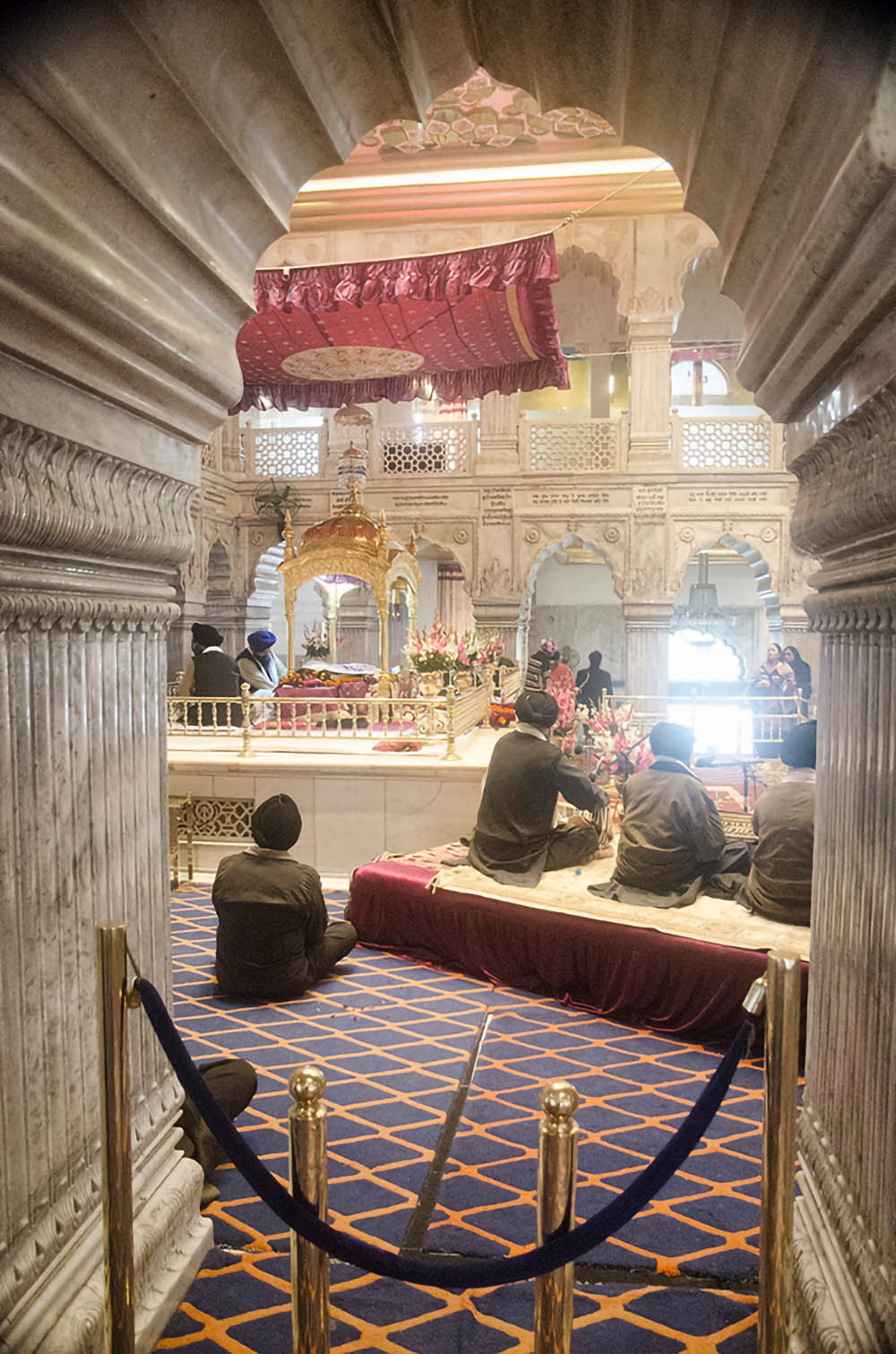On my first arrival in Delhi, I was met with the strangest occurrence: smog inside the airport. A thick haze seemed to hang throughout the entire complex. How or why it was in there still baffles me. Yet on my departure from India, again through Delhi, the smog was nowhere to be seen. Curious, I asked other travelers who had recently arrived if they’d noticed the same thing—and sure enough, many had. Odd.
I spent three days in Delhi before moving on to other locations in Rajasthan. The area I photographed most was Old Delhi. A local told me I needed to see it—to experience what Delhi used to be like. It was a sight to behold. By the time I returned, I felt less overwhelmed by the chaotic collision of wires, buildings, bikes, vehicles, and streams of people weaving in and out of narrow alleys and side streets.
What struck me most about Old Delhi was the tangled web of wires crisscrossing overhead, as you can see in the photos below.
One of the main landmarks here is Jama Masjid, the great mosque of Old Delhi and the largest in India. Its vast courtyard can hold 25,000 worshippers. Construction began in 1644 and became the final architectural extravagance of Shah Jahan, the Mughal emperor who also built the Taj Mahal and the Red Fort.
The mosque is richly decorated, with three grand gates, four towers, and two soaring minarets rising 40 metres high, crafted from alternating strips of red sandstone and white marble. Travelers can even hire robes at the northern gate. It may be the only time you can dress like a local without feeling like an outsider—so make the most of it.

